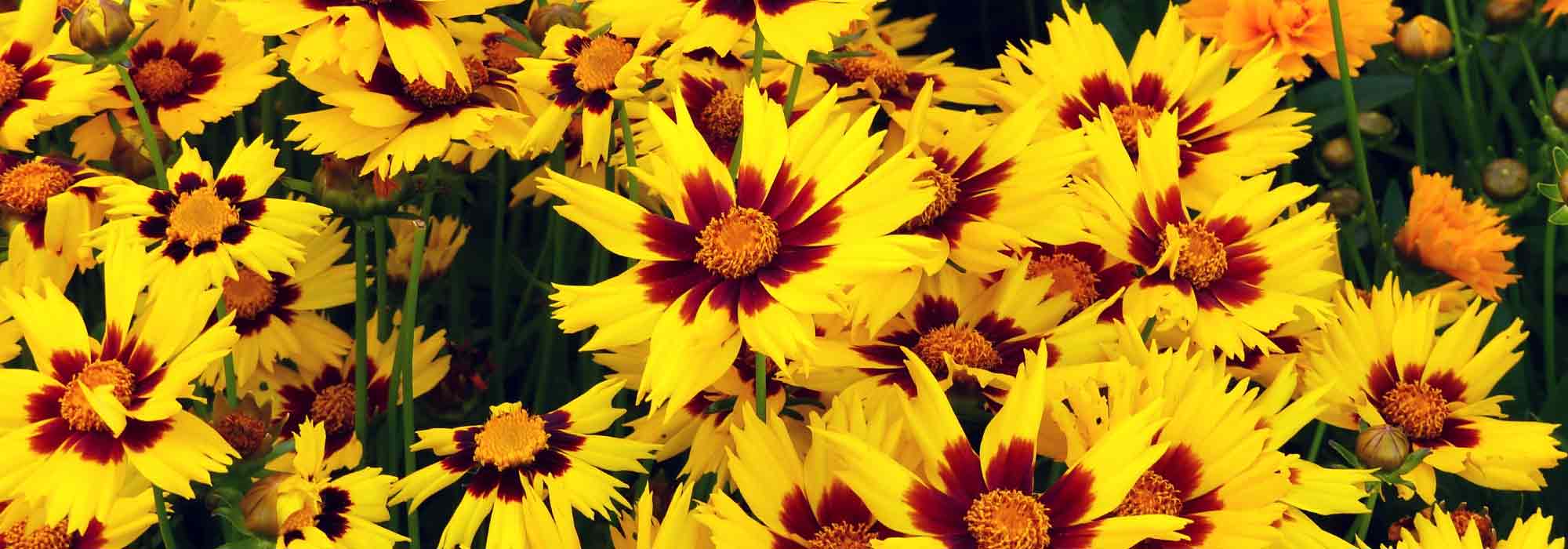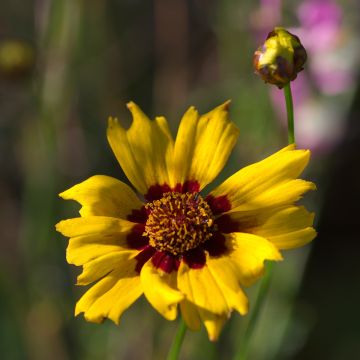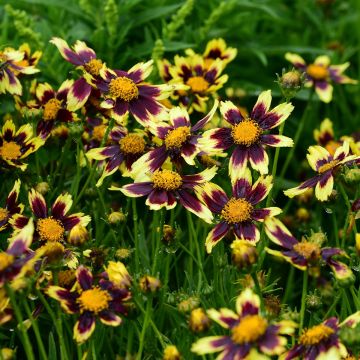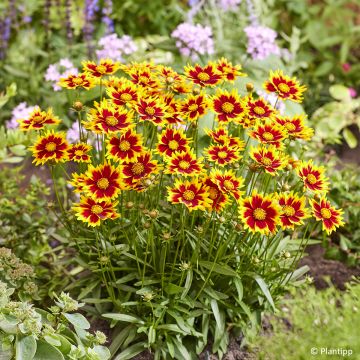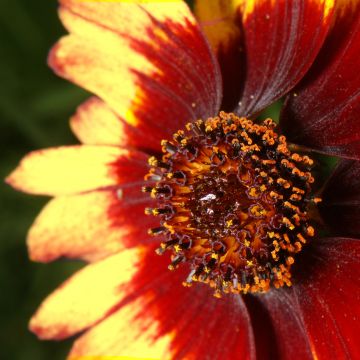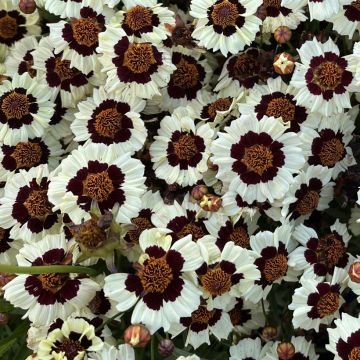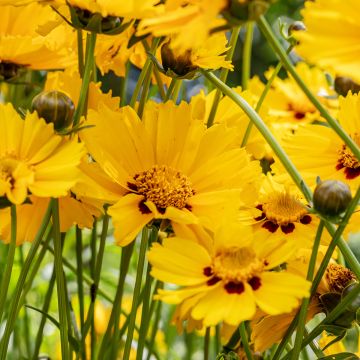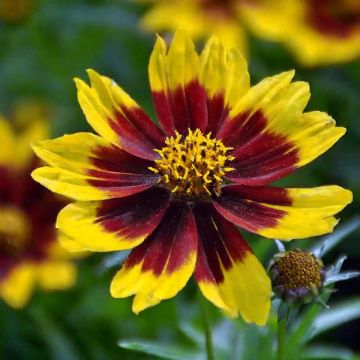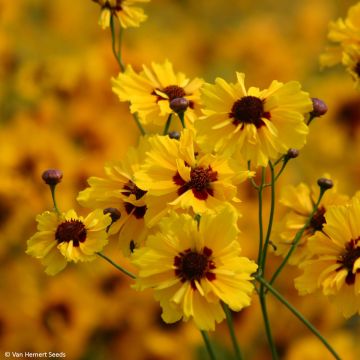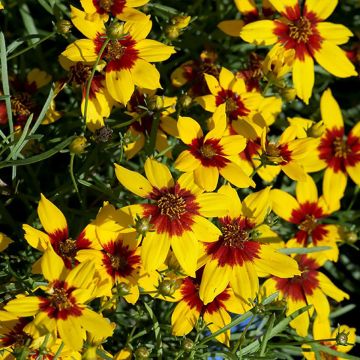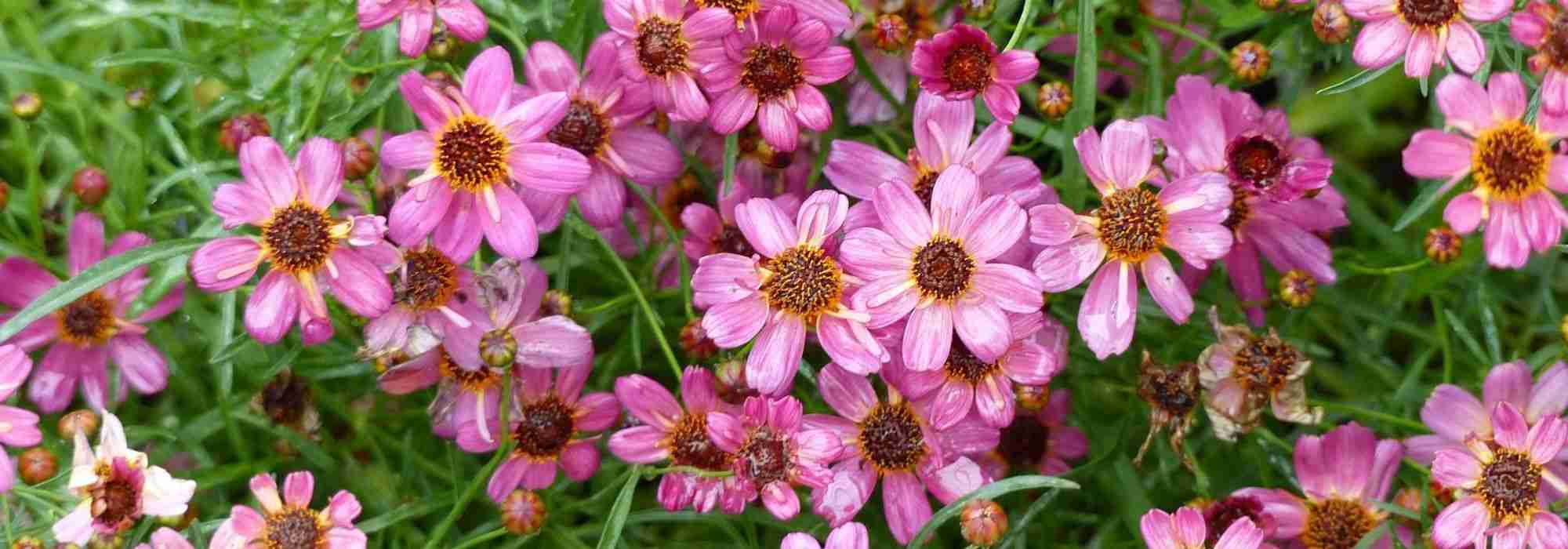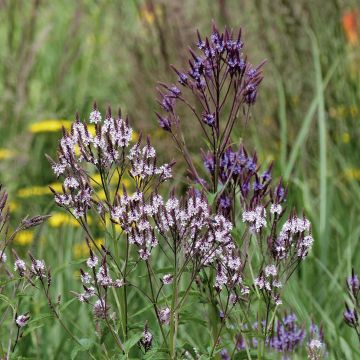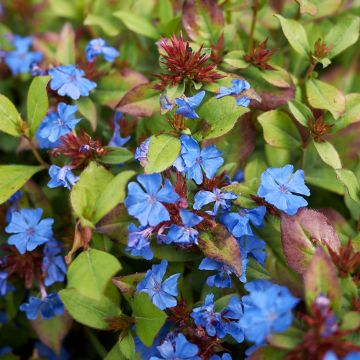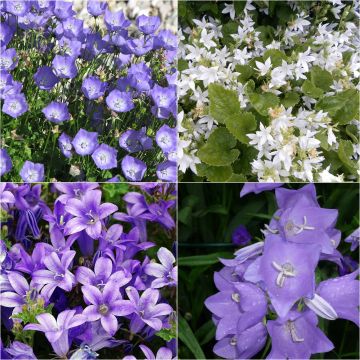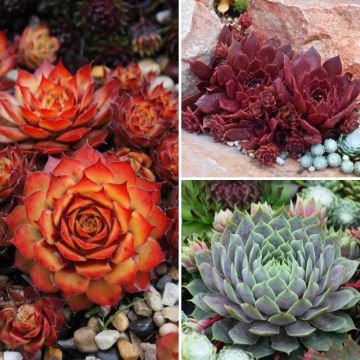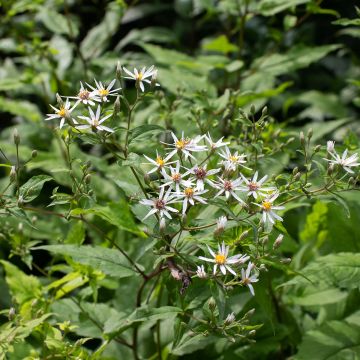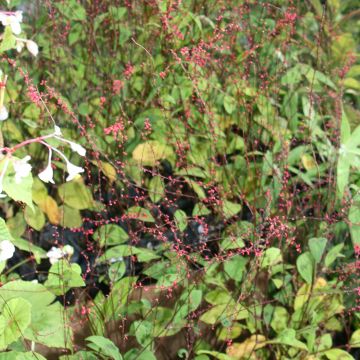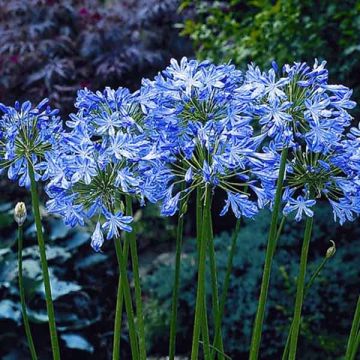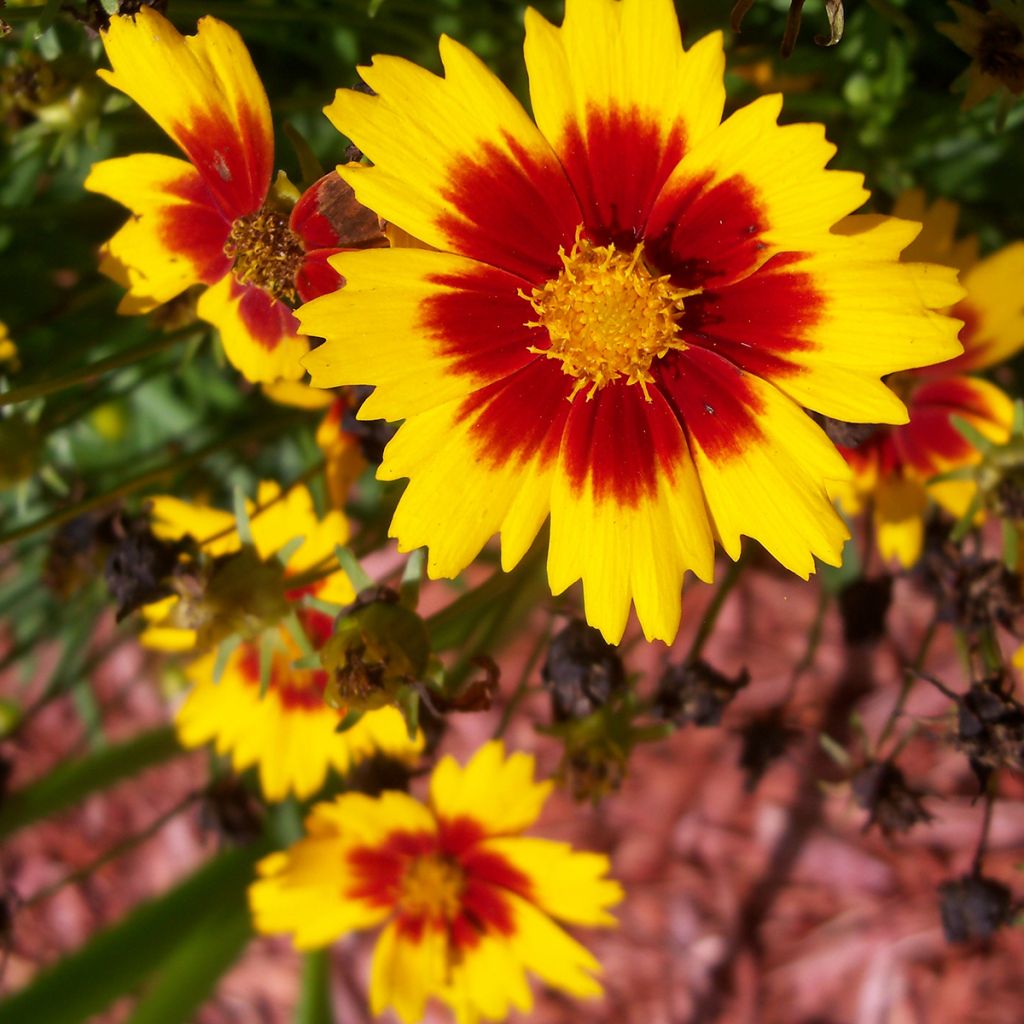

Coreopsis Uptick Gold and Bronze
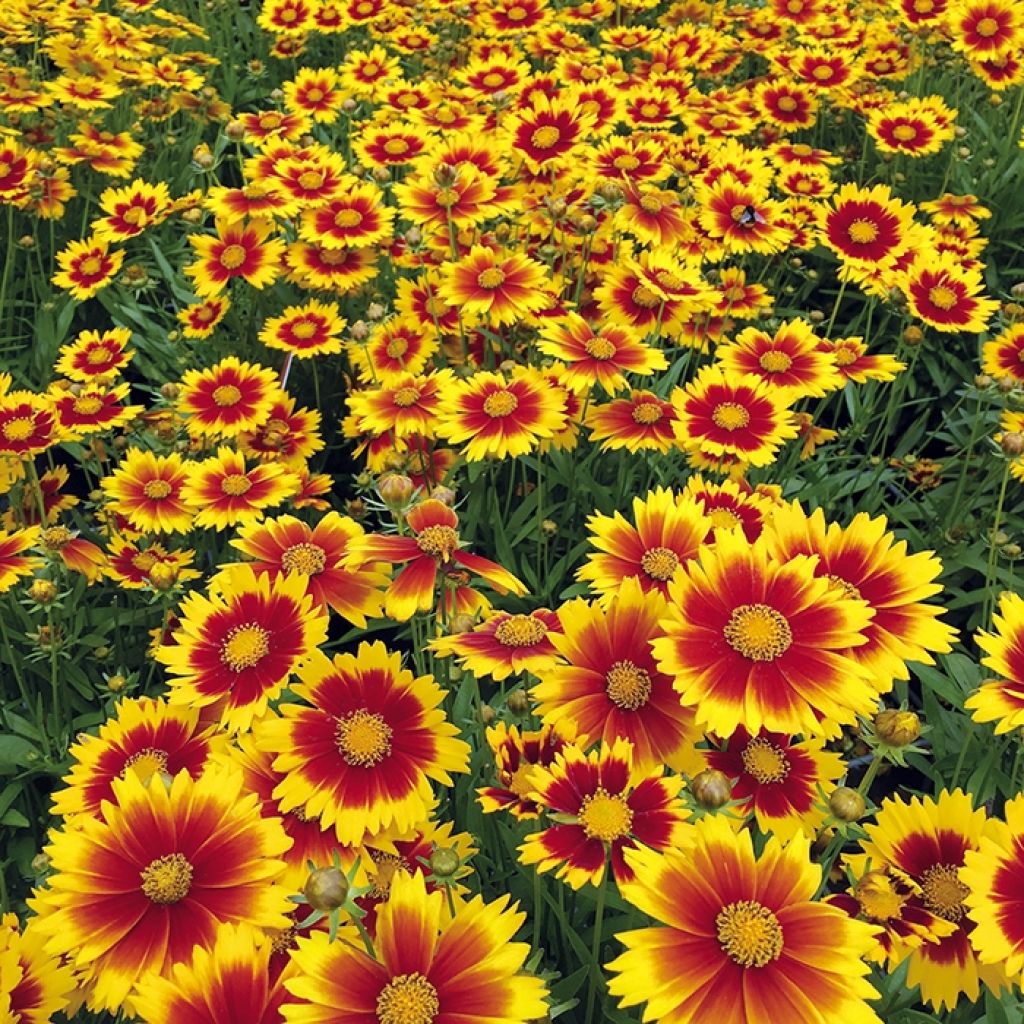

Coreopsis Uptick Gold and Bronze
Coreopsis Uptick Gold and Bronze
Coreopsis Uptick Gold & Bronze
Tickseed
They grow more in height. Always a lot of faded flowers, so there's work to remove them all. I preferred the gaillardas and also the bronze red viking begonias (which I'll get again in 2026 since I only have one left from previous years).
Bernard, 27/09/2025
Special offer!
Receive a €20 voucher for any order over €90 (excluding delivery costs, credit notes, and plastic-free options)!
1- Add your favorite plants to your cart.
2- Once you have reached €90, confirm your order (you can even choose the delivery date!).
3- As soon as your order is shipped, you will receive an email containing your voucher code, valid for 3 months (90 days).
Your voucher is unique and can only be used once, for any order with a minimum value of €20, excluding delivery costs.
Can be combined with other current offers, non-divisible and non-refundable.
Home or relay delivery (depending on size and destination)
Schedule delivery date,
and select date in basket
This plant carries a 6 months recovery warranty
More information
We guarantee the quality of our plants for a full growing cycle, and will replace at our expense any plant that fails to recover under normal climatic and planting conditions.

Would this plant suit my garden?
Set up your Plantfit profile →
Description
The Coreopsis Gold & Bronze from the Uptick series, with its large bright flowers resembling bicoloured daisies, possesses all the qualities that have earned this new hybrid series multiple awards. This excellent perennial stands out for its particularly large flowers, generous and prolonged flowering, good disease resistance, and compact and vigorous growth habit. It thrives in the sun, in cool and well-drained soil, both in borders and in pots. Its flowers, perfect for bouquets, are also highly visited by garden bees.
The Coreopsis 'Uptick Gold & Bronze' belongs to the Asteraceae family. This herbaceous perennial plant with rhizomes quickly forms a shrub 20 cm (8in) tall, with a diameter of 30 cm (12in), that does not need staking. Flowering occurs from June to September or even longer. The flowers, organised in heads, measuring up to 7 cm (3in) in diameter, are solitary and borne on slightly hairy stems that rise to 30-35 cm (12-14in) from the ground, just above the foliage. The outer ligules, or petals, have a bronze to purple base and a golden-yellow tip. They surround a central disc of yellow-orange colour. The foliage, a beautiful bright green, is deciduous: it dies in autumn and regrows in spring. The leaves, opposite, lanceolate, entire, sometimes incised at the base, almost sessile (without petiole), measure about 10 cm (4in) long. This perennial spreads a little through its rhizomes.
The 'Uptick Gold & Bronze' coreopsis is a sun-loving plant that is easy to grow, but it is sensitive to winter humidity and heavy soils. This versatile perennial will thrive in flower pots and look stunning in a slightly raised bed or on a slope. It can be combined in a herbaceous border with wallflowers, poppies, blue or purple perennial salvias and bellflowers. This plant blooms continuously, starting from the first year. For a beautiful flowering summer display, it can be paired with Calamintha glandulosa and Nepeta 'Dawn to dusk' in the ground or in a large pot with very little water. It is also a beautiful flower for summer bouquets.
Flowering
Foliage
Plant habit
Botanical data
Coreopsis
Uptick Gold & Bronze
Asteraceae
Tickseed
Cultivar or hybrid
Other Coreopsis - Tickseed
View all →Planting and care
The 'Uptick Gold & Bronze' coreopsis is an easy-to-grow plant, but it is sensitive to winter humidity and heavy soils. This plant requires full sun to flower well. It prefers light and fresh soil, porous, always well-drained, slightly acidic, neutral, and slightly chalky. Under such conditions, these plants bloom and live longer. To promote reblooming, it is preferable to remove faded flowers regularly and then in July to promote autumnal reblooming, which will also extend the plant's life. Refresh exhausted shrubs by dividing them approximately every 3 years.
Planting period
Intended location
Care
Planting & care advice
-
, onOrder confirmed
Reply from on Promesse de fleurs
Similar products
Haven't found what you were looking for?
Hardiness is the lowest winter temperature a plant can endure without suffering serious damage or even dying. However, hardiness is affected by location (a sheltered area, such as a patio), protection (winter cover) and soil type (hardiness is improved by well-drained soil).

Photo Sharing Terms & Conditions
In order to encourage gardeners to interact and share their experiences, Promesse de fleurs offers various media enabling content to be uploaded onto its Site - in particular via the ‘Photo sharing’ module.
The User agrees to refrain from:
- Posting any content that is illegal, prejudicial, insulting, racist, inciteful to hatred, revisionist, contrary to public decency, that infringes on privacy or on the privacy rights of third parties, in particular the publicity rights of persons and goods, intellectual property rights, or the right to privacy.
- Submitting content on behalf of a third party;
- Impersonate the identity of a third party and/or publish any personal information about a third party;
In general, the User undertakes to refrain from any unethical behaviour.
All Content (in particular text, comments, files, images, photos, videos, creative works, etc.), which may be subject to property or intellectual property rights, image or other private rights, shall remain the property of the User, subject to the limited rights granted by the terms of the licence granted by Promesse de fleurs as stated below. Users are at liberty to publish or not to publish such Content on the Site, notably via the ‘Photo Sharing’ facility, and accept that this Content shall be made public and freely accessible, notably on the Internet.
Users further acknowledge, undertake to have ,and guarantee that they hold all necessary rights and permissions to publish such material on the Site, in particular with regard to the legislation in force pertaining to any privacy, property, intellectual property, image, or contractual rights, or rights of any other nature. By publishing such Content on the Site, Users acknowledge accepting full liability as publishers of the Content within the meaning of the law, and grant Promesse de fleurs, free of charge, an inclusive, worldwide licence for the said Content for the entire duration of its publication, including all reproduction, representation, up/downloading, displaying, performing, transmission, and storage rights.
Users also grant permission for their name to be linked to the Content and accept that this link may not always be made available.
By engaging in posting material, Users consent to their Content becoming automatically accessible on the Internet, in particular on other sites and/or blogs and/or web pages of the Promesse de fleurs site, including in particular social pages and the Promesse de fleurs catalogue.
Users may secure the removal of entrusted content free of charge by issuing a simple request via our contact form.
The flowering period indicated on our website applies to countries and regions located in USDA zone 8 (France, the United Kingdom, Ireland, the Netherlands, etc.)
It will vary according to where you live:
- In zones 9 to 10 (Italy, Spain, Greece, etc.), flowering will occur about 2 to 4 weeks earlier.
- In zones 6 to 7 (Germany, Poland, Slovenia, and lower mountainous regions), flowering will be delayed by 2 to 3 weeks.
- In zone 5 (Central Europe, Scandinavia), blooming will be delayed by 3 to 5 weeks.
In temperate climates, pruning of spring-flowering shrubs (forsythia, spireas, etc.) should be done just after flowering.
Pruning of summer-flowering shrubs (Indian Lilac, Perovskia, etc.) can be done in winter or spring.
In cold regions as well as with frost-sensitive plants, avoid pruning too early when severe frosts may still occur.
The planting period indicated on our website applies to countries and regions located in USDA zone 8 (France, United Kingdom, Ireland, Netherlands).
It will vary according to where you live:
- In Mediterranean zones (Marseille, Madrid, Milan, etc.), autumn and winter are the best planting periods.
- In continental zones (Strasbourg, Munich, Vienna, etc.), delay planting by 2 to 3 weeks in spring and bring it forward by 2 to 4 weeks in autumn.
- In mountainous regions (the Alps, Pyrenees, Carpathians, etc.), it is best to plant in late spring (May-June) or late summer (August-September).
The harvesting period indicated on our website applies to countries and regions in USDA zone 8 (France, England, Ireland, the Netherlands).
In colder areas (Scandinavia, Poland, Austria...) fruit and vegetable harvests are likely to be delayed by 3-4 weeks.
In warmer areas (Italy, Spain, Greece, etc.), harvesting will probably take place earlier, depending on weather conditions.
The sowing periods indicated on our website apply to countries and regions within USDA Zone 8 (France, UK, Ireland, Netherlands).
In colder areas (Scandinavia, Poland, Austria...), delay any outdoor sowing by 3-4 weeks, or sow under glass.
In warmer climes (Italy, Spain, Greece, etc.), bring outdoor sowing forward by a few weeks.






























